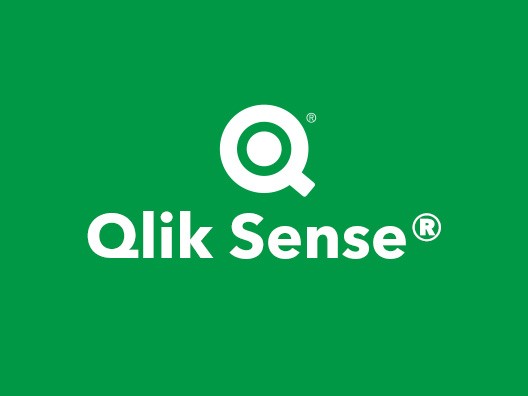Description
Introduction
The TensorFlow Developer Certificate validates expertise in deep learning, neural networks, and AI-driven applications using TensorFlow. When combined with Splunk, a powerful platform for data ingestion, monitoring, and real-time analytics, this training enables professionals to build, deploy, and optimize AI models for large-scale enterprise environments.
This course provides a hands-on approach to integrating TensorFlow’s machine learning models with Splunk’s analytics capabilities. Learners will gain expertise in training and deploying AI models, leveraging Splunk’s real-time data insights for predictive analytics, and applying deep learning techniques to operational intelligence.
Prerequisites
- Basic knowledge of Python programming and machine learning concepts.
- Familiarity with deep learning frameworks, particularly TensorFlow and Keras.
- Understanding of Splunk fundamentals, including search processing language (SPL).
- Experience with data pipelines, cloud computing, and model deployment is beneficial.
Table of Contents
1. Introduction to TensorFlow and Splunk
1.1 Overview of TensorFlow Developer Certification
1.2 Understanding Machine Learning and Deep Learning
1.3 Role of Splunk in AI and Data Science Workflows
1.4 TensorFlow and Splunk Integration: Use Cases
2. Fundamentals of TensorFlow
2.1 TensorFlow Basics: Tensors, Operations, and Graphs
2.2 Building Neural Networks with Keras API
2.3 Training, Evaluating, and Fine-Tuning Models
2.4 Model Optimization and Hyperparameter Tuning
3. Data Preparation and Preprocessing
3.1 Handling Structured and Unstructured Data
3.2 Feature Engineering for Deep Learning Models
3.3 Using Splunk to Aggregate and Process Data for AI
3.4 Data Cleaning and Transformation with TensorFlow
4. Deep Learning Model Development
4.1 Convolutional Neural Networks (CNNs) for Image Processing
4.2 Recurrent Neural Networks (RNNs) and Time Series Forecasting
4.3 Transfer Learning and Pretrained Models
4.4 Building Custom AI Models for Business Applications
5. Model Deployment and Monitoring in Splunk
5.1 Deploying TensorFlow Models in Production
5.2 Integrating AI Pipelines with Splunk
5.3 Real-Time Monitoring and Performance Analysis in Splunk
5.4 Automating Model Retraining and Updates
6. Predictive Analytics and Anomaly Detection
6.1 Using AI for Predictive Maintenance with Splunk(Ref: Data Management Professional Certification- Splunk)
6.2 Fraud Detection with Machine Learning in Splunk
6.3 Real-Time Anomaly Detection using TensorFlow Models
6.4 Case Study: AI-Driven Operational Intelligence
7. Cloud and Edge AI Integration
7.1 Deploying TensorFlow Models on Google Cloud, AWS, and Azure
7.2 Splunk Machine Learning Toolkit for AI Model Integration
7.3 Running AI Workloads on Edge Devices with Splunk & TensorFlow
7.4 Best Practices for Scalable AI Solutions
8. Model Performance Optimization
8.1 Debugging Deep Learning Models with TensorFlow
8.2 Improving AI Model Accuracy and Efficiency
8.3 Optimizing Splunk Search Queries for AI Insights
8.4 Reducing Latency in AI-Powered Data Pipelines
9. Hands-on Labs and Real-World Applications
9.1 Lab: Training and Deploying an AI Model with TensorFlow
9.2 Lab: Integrating AI Predictions into Splunk Dashboards
9.3 Lab: Automating AI Workflows with Splunk ITSI
9.4 Final Project: Building an AI-Driven Data Analytics Solution
10. Certification Preparation and Exam Readiness
10.1 TensorFlow Developer Certification Exam Guide
10.2 Key Topics, Study Materials, and Practice Tests
10.3 Splunk Certification and AI Integration Best Practices
10.4 Final Review and Exam Strategies
Conclusion
This training combines the power of TensorFlow’s AI-driven capabilities with Splunk’s real-time analytics, helping professionals build, deploy, and scale intelligent solutions. Participants will gain expertise in deep learning model development, data-driven decision-making, and AI-powered predictive analytics. By completing this course, learners will be well-prepared for the TensorFlow Developer Certification and ready to apply AI and machine learning in enterprise environments.







Reviews
There are no reviews yet.